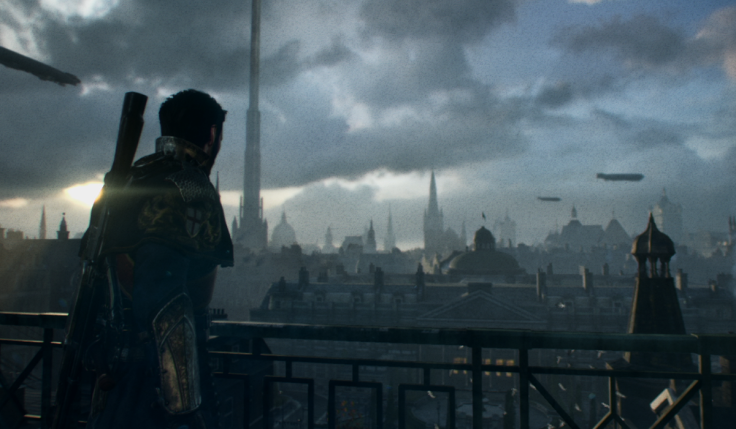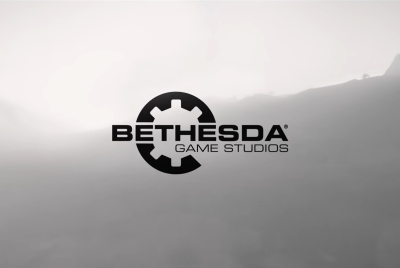The Order: 1886 review - Ready At Dawn's PS4 exclusive made to order
A beautiful world and well-told story let down by pedestrian, boring gameplay

The Order: 1886
Platform: PS4
Developer: Ready At Dawn
Publisher: Sony
Release Date: Out Now
Buy The Order: 1886 on Amazon
More often than not video games are let down by the window dressing – story, dialogue, characters, design – but Ready At Dawn's period blockbuster The Order: 1886 is not. Strangely, it's let down by the gameplay.
In 2014, following The Order's appearance at Sony's E3 press conference, game director Dana Jan told CVG: "I think story and visuals are very high [priorities]. Gameplay is something that... it's a game, we make games, we can't get around it."
It's the sort of quote that should come back to haunt a developer no matter how unfortunate or misjudged it may have been. It might be unfair to dredge it up again, but the quote encapsulates The Order: 1886's problems perfectly.
More often than not first party exclusives have too much money behind them to be truly awful, and The Order doesn't buck that trend. Sony have been quick to sell The Order on the strength of its outstanding visuals and cinematic aesthetic, but not on its gameplay – and that's reflective of the overall experience.
It is an utterly gorgeous game throughout, in terms of detail and design. The character models (dull monsters aside) are superb and the environments too manage to do wonders with a muted colour scheme, evoking the dreary beauty of London.

That same graphical fidelity does also hold the game back however. To make it look so good and still run smoothly, Ready At Dawn have had to create a game of confined spaces through which the player's rate of movement is often limited.
I have nothing against linear games, but The Order is more linear than most. Typically you'll move through corridors, narrow streets and enclosed spaces that certainly look great, but offer the bare minimum of interaction. Every action the player takes requires them to press the triangle button, even in instances when you wouldn't think that would be required. It's 2015, can't I just walk up to a ladder and start climbing it?
When you're not pressing triangle to pick up pieces of paper to slowly look at, open doors and touch people's shoulders, you'll be entering one of two mini-games used to bypass electronics and pick locks. They work just fine, but barely expand on your ability to interact with a world that often feels more like a movie set than a living, breathing space.
There are areas that open up but they are still small compared to similar games, and they come in two irritating varieties – open combat areas where enemies constantly respawn and playing with tact is pointless, and areas in which you search for clues at a painfully slow pace.
The best of what The Order has to offer is in its visuals and story, but in terms of gameplay the highlights are these more open areas of intense combat. Ready At Dawn have put together workmanlike third person mechanics that are fun by their very nature, but only ever in short bursts few and far between.

Lead character Galahad's arsenal of futuristic steam punk weaponry (created with the aid of Nikola Tesla in the role of Q to The Order's MI6) adds some flavour to combat. The game is at its best when you're firing bolts of lightning or launching thermite then igniting it to engulf enemies, but these moments are let down by sloppily designed enemy encounters.
Onslaughts of constantly respawning waves of enemies provide degrees of difficulty, but only through sheer numbers. Typically they will appear to replace fallen comrades behind the piece of scenery where they just died. It gets by because on a base level that kind of shooting gallery is always fun, but often just as the combat is finally coming into its own you're dragged out of the moment and into another cutscene.
The transitions between gameplay and cutscene are flawless (to the point where sometimes I wasn't sure whether the gameplay had returned) but those cutscenes are far too frequent, and the efforts to make them engaging regularly fall flat.
I'm not entirely against Quick Time Events (QTEs) – they can be used to great effect and certainly are on occasion in 1886 – but used too often, players feel like they're being robbed of a game of intricacy that requires skill rather than good timing.
Then there are instant-fail QTEs, which are just plain terrible. As are instant-fail stealth sections, which The Order has two agonising examples of.
The Order: 1886 is a game striving to be cinematic which has lost sight of what it's supposed to be. When there's a game to play The Order is workable if uninspired, but it is wrapped up in luscious production values, an entertaining story, good acting and those spectacular visuals.

© Copyright IBTimes 2025. All rights reserved.


















